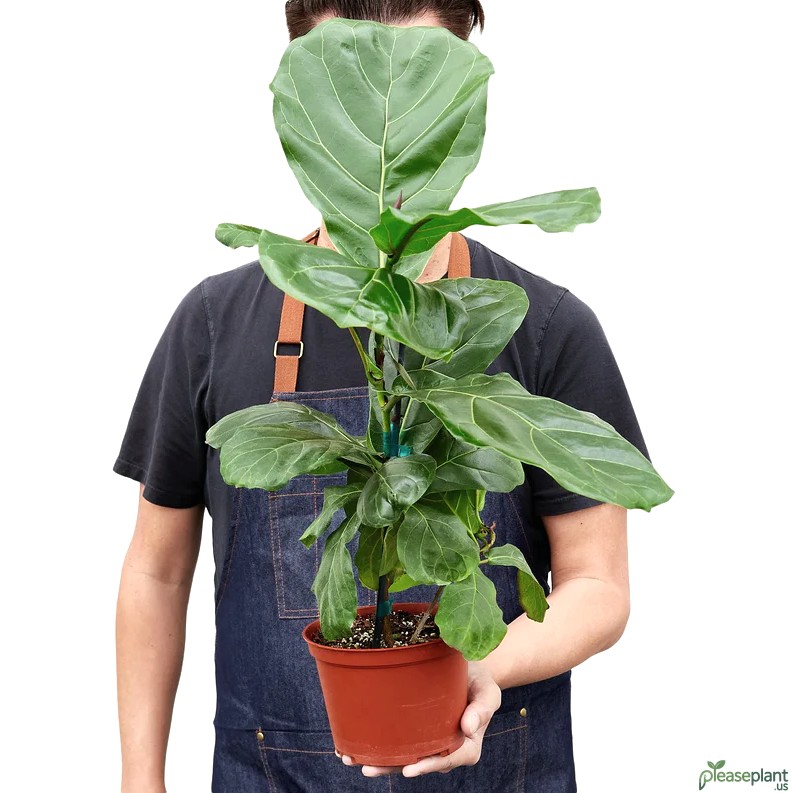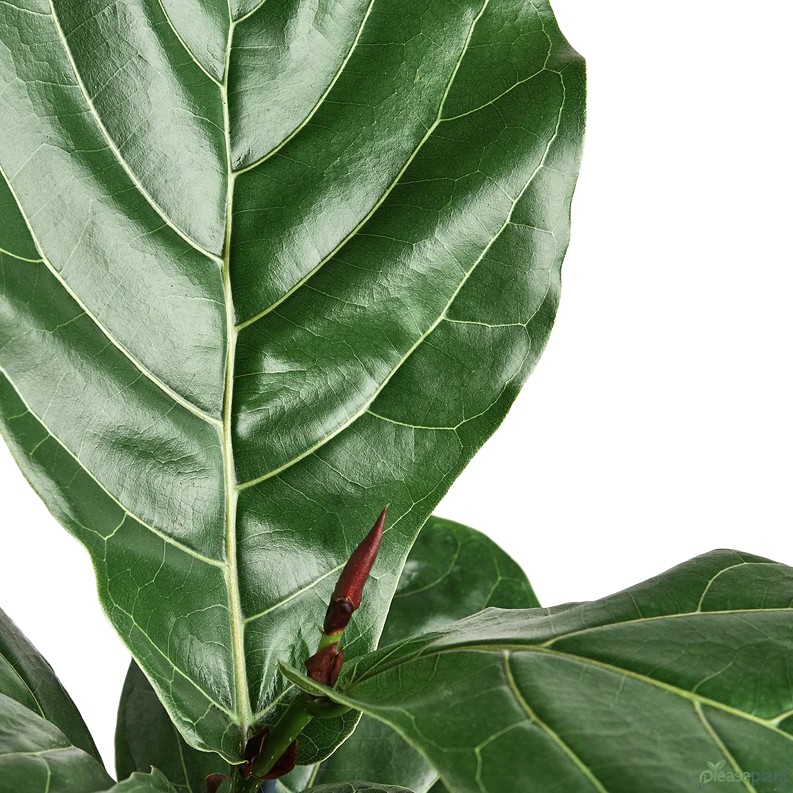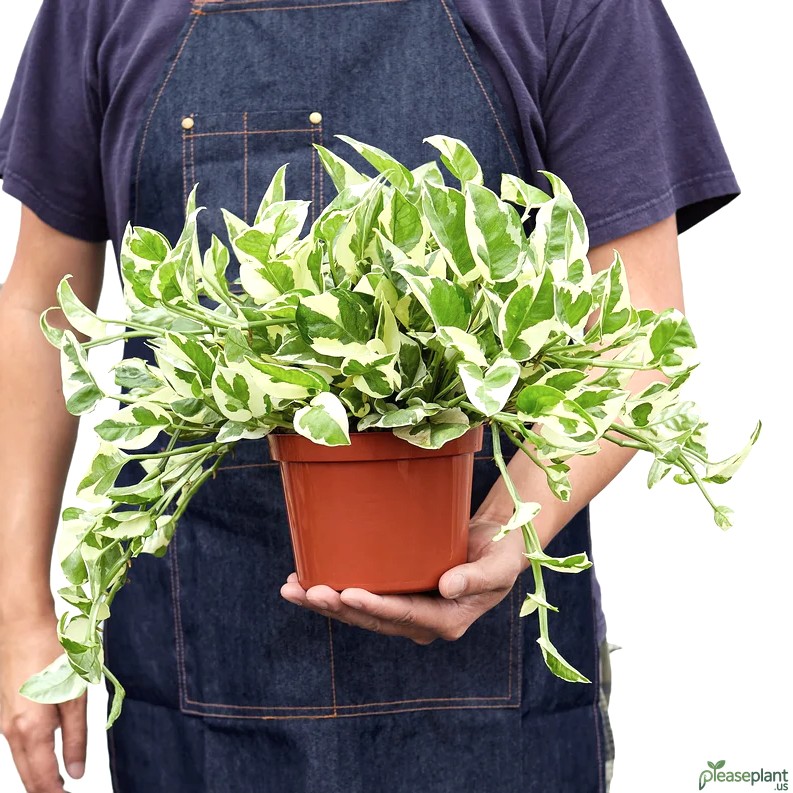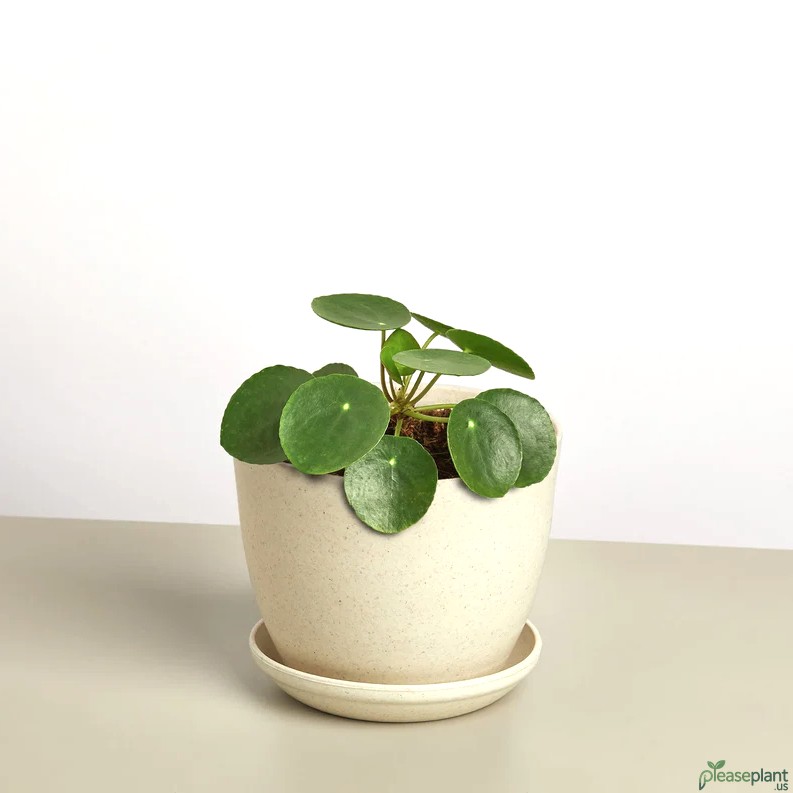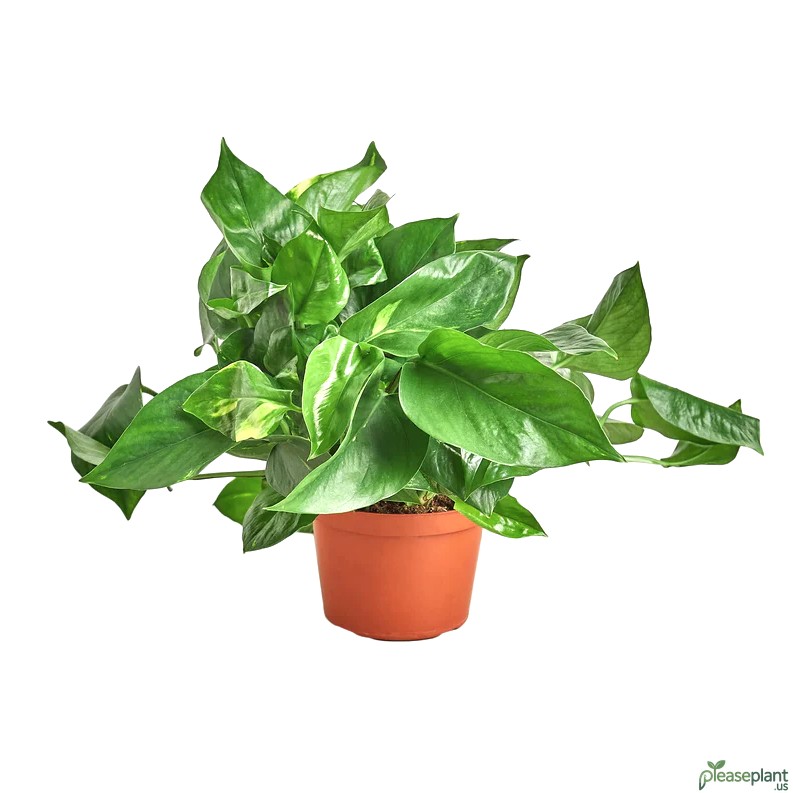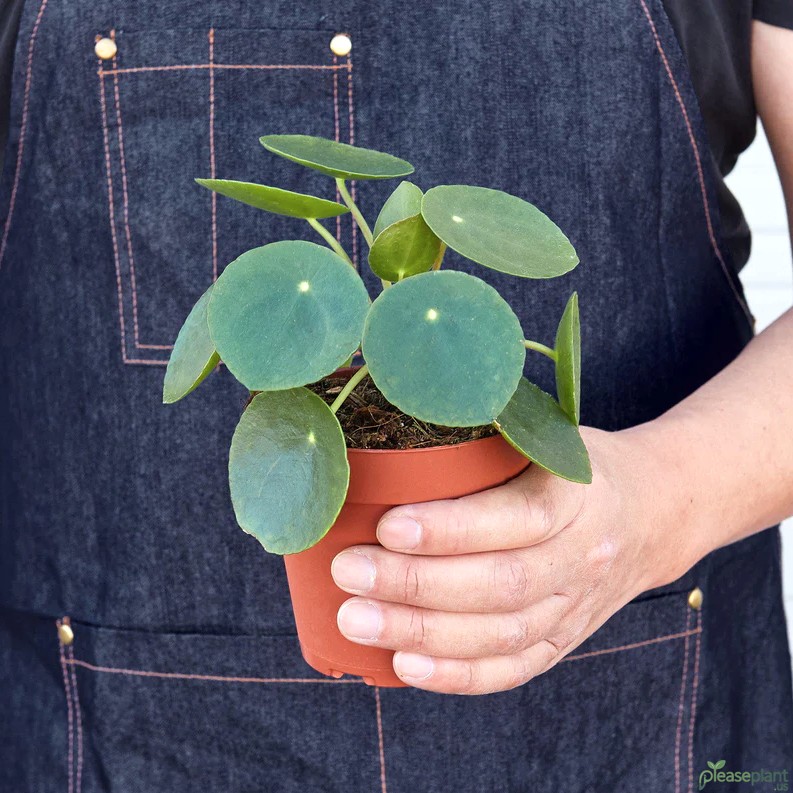The Ficus Lyrata - Fiddle Leaf Fig Plant is a trendy indoor companion, but is it safe for your furry friends and little ones? Many gardeners ask if this popular houseplant poses any risk of toxicity. As someone who's nursed a few Fiddle Leaf Figs through thick and thin, I’ll share what you should know about its potential dangers and how to keep your home safe. From mild irritations to what to watch out for, let me guide you through the essentials of living with this beautiful but sometimes misunderstood plant.
Let me tell you about the Fiddle Leaf Fig mystery
Ah, the Ficus Lyrata - Fiddle Leaf Fig Plant. It's the darling of Instagram jungles and living rooms everywhere. But here’s a thing – when you’ve got kids running around and pets sniffing everything, questions about toxicity pop up fast. Is it safe or a ticking time bomb? Well, I’ve had my fair share of encounters with this leafy beauty, so buckle up.
Is the Fiddle Leaf Fig toxic for pets?
Short answer? Yes, but not the kind of poison that will send your dog or cat to the moon. The sap inside the fiddle leaf fig contains compounds that can irritate the mouth, throat, and stomach if chewed on. I've seen a curious kitten nibble on a leaf, and sure enough, she drooled and pawed at her mouth for a bit. Not pleasant, but far from fatal. Dogs tend to be more adventurous with plants, so keep an eye out. If your furry pal munches on a significant amount, vomiting and diarrhea might follow, but usually, it’s manageable with a vet check.
What about children?
Kids are another story. Toddlers love grabbing anything green and chewy. The sap can cause skin irritation or a rash, especially if they’re sensitive. Ingesting bits of the leaf can lead to mild stomach upset. I remember my niece once tried to snack on a leaf during her visit, and her mom rushed to wash her hands immediately after. That quick reaction prevented any fuss. So, it's not deadly, but definitely not a snack.
How to keep your home safe with a Fiddle Leaf Fig
If you’re like me, you don’t want to toss out your leafy friend just because of a few risks. Here’s some handy tips from my experience:
- Place your Ficus Lyrata out of reach from curious paws and tiny hands. High shelves work wonders.
- Wipe leaves regularly to remove any sap residue, which can cause irritation on skin.
- If you notice your pet or child showing signs of distress after contact, rinse the area with water and call your vet or pediatrician.
- Consider training pets to avoid plants using sprays or deterrents. It’s a bit of a hassle, but worth it.
Why do Fiddle Leaf Figs have this sap anyway?
This isn’t some sneaky plant trick to make your life harder. The sap acts as a defense mechanism against pests and diseases. That sticky white stuff can deter bugs and heal wounds on the plant itself. So, when you handle your fiddle leaf fig and get a bit of sap on your skin, you’re basically getting a whiff of its natural protection system. Interesting, huh?
Final thoughts on living with your Ficus Lyrata
So, is the Fiddle Leaf Fig Plant toxic? Yes, mildly. Dangerous? Not unless you have a munching marathon on your hands. It’s a beautiful plant that requires a bit of caution if you share your home with pets or kids. Like many plants, respect its nature and it will grace your space with lush, dramatic leaves that make any room pop. Just maybe keep a close eye on those tiny explorers and furballs, and you’ll all get along just fine.
Remember, a little knowledge and some common sense go a long way in keeping your indoor garden and family happy and healthy!

